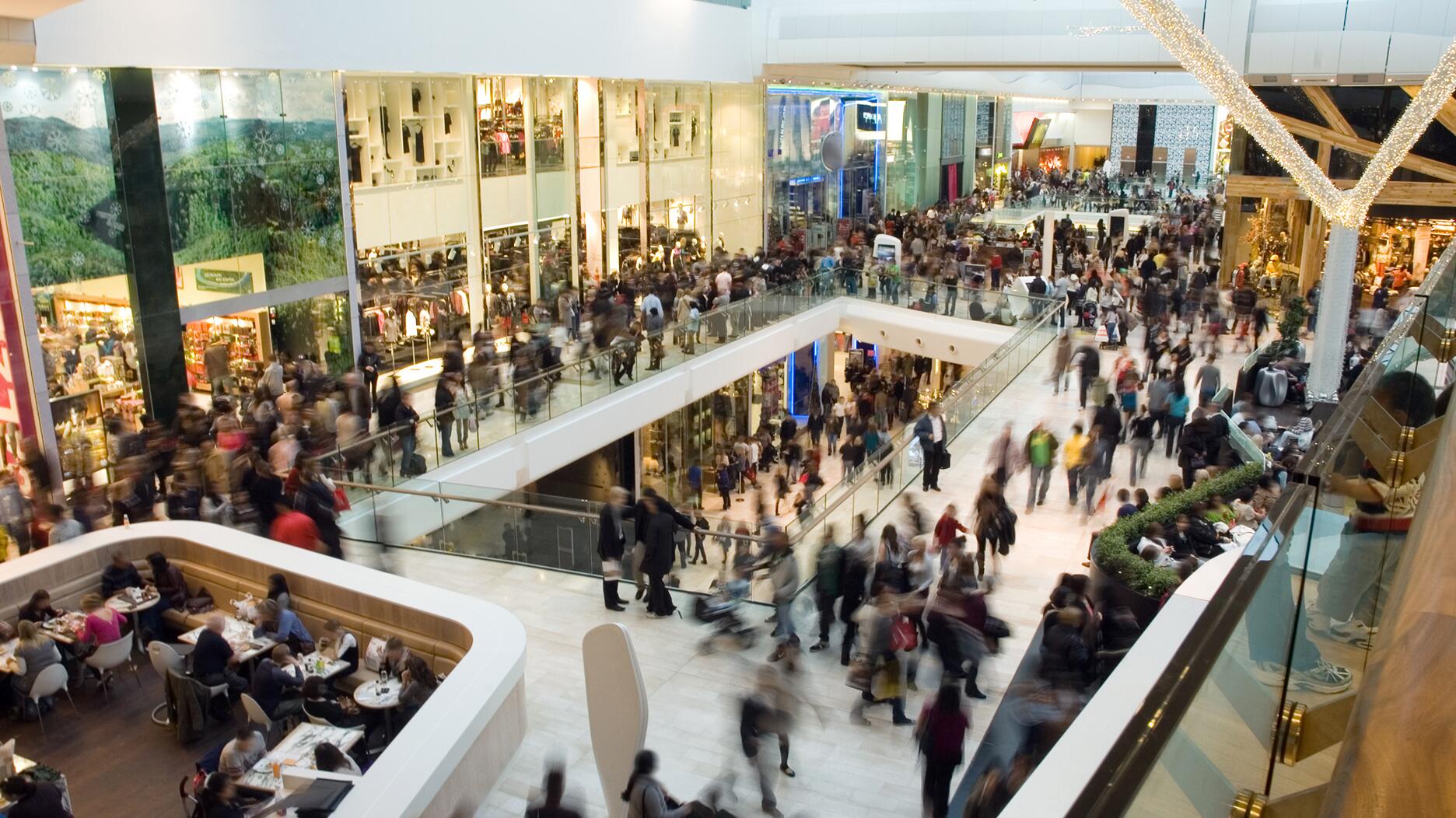The luxury goods company said founder Ippolita Rostagno will remain at the brand’s helm.
Bucking the Trend: Jewelry Shoppers Largely Shopping In-Store and Spending More
With traditional retailers now offering immensely innovative e-commerce experiences and brands that were born exclusively online now boasting impressive brick-and-mortar stores, retail is undoubtedly experiencing a significant transformation.

Brought To You By Citi Retail Services
It’s clear customers enjoy both channels, depending on what they’re in the market for and their physical proximity to brick-and-mortar locations. But how does shopping for jewelry differ or align with the evolving retail industry at large? The answer: it largely bucks the trend.
According to a recent nationwide survey of 1,000 U.S. consumers commissioned by Citi Retail Services – one of North America’s largest providers of private label and co-brand credit cards for retailers – over two-thirds (68%) of those who have previously purchased jewelry have purchased most or all of their jewelry in-store, compared to just 12 percent online. Evidently, when it comes to jewelry, brick-and-mortar still shines bright.
All the Feels: Purchasing Jewelry is a Highly Tactile Experience
And in turn, when consumers have more confidence shopping in-store, they’re also comfortable spending more. The survey found that in-store, 40 percent of consumers have purchased a piece that cost at least $1,000 with the most expensive piece of jewelry averaging $2,269—that’s more than double the $1,099 average for online purchases. And interestingly, Gen Xers are more likely to shell out in-store for higher-ticket items than Boomers, averaging over $3,000 for their most expensive jewelry.
For retailers who already have or are building an online presence, it would be wise to consider including detailed descriptions, photos and sizing charts to product pages and providing easy access to expedited shipping to help customers gain more confidence when making online purchases.
Shine Bright Like a Diamond: Financing and Complimentary Services Reign
In terms of financing options specifically, consumers indicated that they would be most likely to finance a jewelry purchase for major milestones including anniversaries (43%), weddings (34%), engagements (34%), graduations (15%) and new babies (12%). Further, Gen Xers are most likely to take advantage of financing options, with 34% indicating that they would use, compared to 26% for Boomers and 28% for Millennials.
Providing financing options in addition to other services like complimentary cleanings and styling assistance to customers offers jewelers a chance to increase foot traffic in their stores and potentially drive repeat sales. Also, ensuring your sales staff are well trained to liaise with customers and detail applicable services is key in developing and sustaining long-term relationships and increasing repeat sales in the process. And for jewelry dealers, that’s the holy grail.
Across the country, Citi Retail Services works with jewelry retailers to offer the Jewelers Reserve Card to their customers. By making purchasing easier for customers, the Jewelers Reserve program helps jewelry retailers build customer loyalty and repeat sales for their businesses. To find out more about the Jewelers Reserve program, visit jhttps://www.citiretailservices.com/industries/jewelry/
The Latest

Laura Burdese, who joined the Italian luxury brand in 2022, will take on the role in July.

The National Jeweler editors revisit the most noteworthy industry happenings and design trends from 2025.

How Jewelers of America’s 20 Under 40 are leading to ensure a brighter future for the jewelry industry.

Need a gift for the cat lover who has everything? Look no further than our latest Piece of the Week.


It purchased the “Grosse Pièce,” an ultra-complicated Audemars Piguet pocket watch from the ‘20s, for a record-breaking price at Sotheby’s.

The lab-grown diamond grower now offers custom engagement and fashion jewelry through its Kira Custom Lab Jewelry service.

Roseco’s 704-page catalog showcases new lab-grown diamonds, findings, tools & more—available in print or interactive digital editions.

Chandler got his start at Michelson Jewelers and has served as DCA president and CEO since 2001. He will retire at the end of the month.

The boutique is slated to open this week inside Terminal 8, offering pre-owned Rolex watches and more to international travelers.

Sponsored by Digital Monitoring Products

The special-edition egg pendant ingested in a New Zealand jewelry store was recovered after a six-day wait.

Associate Editor Natalie Francisco plays favorites with Piece of the Week, selecting a standout piece of jewelry from each month of 2025.

The “Love and Desire” campaign is inspired by the magic that follows when one’s heart leads the way, said the brand.

Two awardees will receive free tuition for an educational course at the Swiss lab, with flights and lodging included.

Berta de Pablos-Barbier will replace Alexander Lacik at the start of January, two months earlier than expected.

Sotheby’s held its first two jewelry sales at the Breuer building last week, and they totaled nearly $44 million.

Winners will receive free registration and lodging for its fourth annual event in Detroit.

Here are six ideas for making more engaging content for Instagram Reels and TikTok, courtesy of Duvall O’Steen and Jen Cullen Williams.

The honorees include a notable jewelry brand, an industry veteran, and an independent retailer.

Carlos Jose Hernandez and Joshua Zuazo were sentenced to life without the possibility of parole in the 2024 murder of Hussein “Sam” Murray.

Yood will serve alongside Eduard Stefanescu, the sustainability manager for C.Hafner, a precious metals refiner in Germany.

The New Orleans jeweler is also hosting pop-up jewelry boutiques in New York City and Dallas.

Set in a Tiffany & Co. necklace, it sold for $4.2 million, the highest price and price per carat paid for a Paraíba tourmaline at auction.

The jeweler’s “Deep Freeze” display showcases its iconic jewelry designs frozen in a vintage icebox.

Take luxury gifting to new heights this holiday season with the jeweler’s showstopping 12-carat sphene ring.

This year's theme is “Unveiling the Depths of the Ocean.”






























